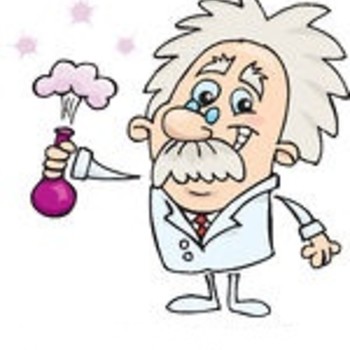You are given some solution of #color(blue)"ethylamine"#, an organic molecule, which gives off a basic solution in pure water. How do I know the solution will be basic and not acidic?
Well, look at the #color(blue)(K_b)# provided. The #K_b# is called the base dissociation constant. It tells you to what extent the base, #"ethylamine"# will ionize in solution. Now, compare it with the #color(blue)(K_a# of its conjugate-acid pair, #color(blue)"ethylammonium"#. We know from the following relationship
#color(blue)(K_a * K_b = K_w,color(white)(aa) K_w = 1*10^-14 ("water dissociation constant")#
- #K_a = (K_(w))/(K_(a))->K_a = ((1*10^-14))/((6.4*10^-4))=1.56*10^-11#
#color(white)(----)#that #K_b>K_a#, so the solution will be basic
#---------------------#
Now, for weak acids and weak bases we can't just plug in whatever concentration they give us to find the pH because weak acids and weak bases do not #100%# ionize in solution. That is why whenever we figure out the #pH# of a weak acid or base, we have to use something called an ICE table .
But because I don't like ICE tables, I will set up the equilibrium expression and explain it to you step-by-step.
#---------------------#
#color(magenta)"Step 1: Write out the reaction for the ionization of ethylamine in solution"#
#color(white)(----)C_2H_5NH_2 + H_2O rightleftharpoons C_2H_5stackrel(+)NH_3 + OH^-#
#color(magenta)"Step 2: Set up an equilibrium expression"#
Equilibrium expressions are written as products over reactants.
#color(white)(----)K_b = ([C_2H_5stackrel(+)NH_3][OH^-])/([C_2H_5NH_2])#
Now, before the reaction proceeds, we have just the reactant, #"ethylamine"#, and no products, meaning no #"ethylammonium"# or #OH^-# ions. As the reaction proceeds, however, the reactants will decrease and products will start forming. This is the change denoted by the #color(red)(+|-)# signs. The #color(red)(+)# indicates increasing in amount and the #color(red)(-)# indicates decreasing in amount.
#K_b = ([C_2H_5stackrel(+)NH_3][OH^-])/([C_2H_5NH_2])->K_b = ([0color(red)(+x)][0color(red)(+x)])/([0.075color(red)(-x)])#
What is the #0# and #0.075#? Initially, we were given the concentration of #"ethylamine"# as #0.075" M"#. This concentration indicates the amount you had before the reaction reached equilibrium. Notice also that the product concentrations were not initially given so the #0# indicates just that.
Note: The change should always match up with the stoichiometric values given by the balanced equation. It's a 1:1 mole ratio so we are good.
#color(magenta)("Step 3: Find the "OH^(-) "concentration")#
-
#K_b = ([cancel"0+"x][cancel"0+"x])/([0.075cancel"-x"])#
-
#K_b = ([x][x])/([0.075])#
-
#(6.4*10^-4) = ([x^2])/([0.075])#
-
#(6.4*10^-4)[0.075] = [x^2]#
-
#sqrt((6.4*10^-4)[0.075]) = sqrt(x^2)#
-
#x = 0.006928, "so "color(orange)([OH^-] = 0.006928#
Remember when I crossed out the #color(red)(-x)# for the change in concentration for ethylamine? I made the assumption that the change is so small that it would not make any significant difference. This is the 5% rule. If our percent ionization is less than 5%, then the assumption is valid.
#"x"/("initial "[C]")*100% ->(0.006928)/(0.075)*100%= 0.093%#
#color(white)(aaaaaaaaaaaaaaaaaaaa)0.093% < 5%#
#color(magenta)("Step 4: Find the pH")#
Since we figured out the [C] of #OH^-# ions, we can go ahead and find the #pOH#.
Now from the following,
#color(white)(aaaaaaaa)"pH+pOH = 14" color(white)(aaa)"at "25^@C#
we can figure out the #"pH"#


